St. Kunibert: A symbol of Romanesque grandeur
St. Kunibert is one of the twelve Romanesque basilicas in Cologne, located near the Rhine in the northern part of the city’s old town. Named after Kunibert, the 7th-century bishop of Cologne, this church is an iconic example of the city’s religious heritage, representing centuries of architectural, cultural, and spiritual significance. Apart from that, the church holds numerous religious artifacts and relics, which are of historical and religious significance. Last month, I was able to visit the church. Here is a summary of my impressions and its historical background.
 St. Kunibert as seen from the Kunibertgasse.
St. Kunibert as seen from the Kunibertgasse.
Historical background
Kunibert of Cologne, who was born around 600 CE, served as bishop of the city and was a trusted advisor to King Dagobert I (608-639, king of the Franks). According to tradition, Kunibert founded a church dedicated to St. Clement at the site of what is now St. Kunibert’s Basilica. He was buried there upon his death in accordance with his wishes.
 St. Kunibert, view on the nave and one of the towers.
St. Kunibert, view on the nave and one of the towers.
The present church was not constructed until the 13th century. Before 1210, Theoderich von Wied, provost of St. Kunibert and later Archbishop of Trier, initiated the construction of a new church, and the choir was completed by 1226. The basilica was consecrated as a collegiate church in 1247, just before construction began on Cologne’s iconic Gothic cathedral. The consecration ceremony, attended by the city’s aristocracy and high-ranking clergy, was led by Auxiliary Bishop Arnold of Semgallen and marked an important milestone in Cologne’s religious history.
 St. Kunibert after the collapse of the west tower in 1830. Lithograph, around 1830.
St. Kunibert after the collapse of the west tower in 1830. Lithograph, around 1830.
The west tower of St. Kunibert’s church, built in a Gothic style, was damaged multiple times throughout history. After being consumed by flames in 1376 and partially collapsing due to an 1830 storm, the tower was reconstructed, only to be destroyed again during World War II. The bombing raids of 1944 caused extensive damage to the church, with much of the west wing and the iconic tower reduced to rubble. Although the eastern parts of the church were soon rebuilt, it wasn’t until 1993 that the west tower and transepts were fully reconstructed. This effort, led by architect Leo Hugot and supported by the Förderverein Romanische Kirchen Köln, restored the basilica to its former glory.
Architectural design and significance
St. Kunibert’s basilica is distinguished by its late-Romanesque architectural style, with its intricate two-story outer walls, dwarf gallery, and the towering facade. Though many of Cologne’s churches suffered significant damage during World War II, St. Kunibert has been carefully reconstructed. Today, it stands out in the city’s skyline, just north of the Gothic Cologne Cathedral.
 View of the altar area from the nave.
View of the altar area from the nave.
The church’s interior is equally striking, with its expansive layout and light-filled spaces. The basilica’s eastern sections, rebuilt after World War II, feature a central hall flanked by columns, and a stunning apse. Unlike most of the Romanesque churches in Cologne, St. Kunibert boasts a two-tiered design with columns that support upper walkways within the apse, offering a unique architectural experience.
 Floor plan. The numbers in this floor plan refer to individual pieces of art and relics in the church. Most of them will be presented in the following. This floor plan is layed out in the church along with a description of the individual pieces, so that visitors can easily find out more about them.
Floor plan. The numbers in this floor plan refer to individual pieces of art and relics in the church. Most of them will be presented in the following. This floor plan is layed out in the church along with a description of the individual pieces, so that visitors can easily find out more about them.
The windows of St. Kunibert, some of which date back to the early 13th century, are among the church’s most notable features. These original windows survived the destruction of the war thanks to preemptive measures. They depict important religious scenes: the life of St. Kunibert, the story of St. Clement, and the Jesse Tree, which illustrates Christ’s lineage. Other windows, added after the war, depict the lives of St. Ursula and St. Cordula, prominent figures in Cologne’s Christian history.
 Side view of the nave. The upper walkways in the gallery are (partly) visible as well as the Romanesque columns and arches.
Side view of the nave. The upper walkways in the gallery are (partly) visible as well as the Romanesque columns and arches.
Notable art and relics
Inside St. Kunibert, numerous pieces of historical and religious significance can be admired. Among these are the 15th-century bronze candelabrum and crucifix, the Gregor’s Mass painting, and a 16th-century altarpiece depicting the resurrection by Bartholomäus Bruyn the Elder. The church also houses modern pieces, including doors and a crucifix crafted by Elmar Hillebrand in 1955.
One of the most significant features of the church is the Kunibertspütz, a well located beneath the crypt. According to legend, this well has a mystical connection to fertility, and women who wished for children would drink from it, believing in its powers to grant them offspring. This tradition lasted well into the 19th century. Unfortunately, during my visit I didn’t have the opportunity to see the well. I think, it is not directly accessible to the public any may be visible only during a guided tour.
In the following, I will present some impressions of the church’s exterior and interior, which I took during a visit in October 2024.
West entrance and portal
The West entrance of St. Kunibert is adorned with a magnificent bronze portal and a tympanum. Both are a modern modern addition to the church, created by the sculptor Toni Zenz between 1987 and 1990. The portal features scenes both from the New Testament and the Old Testament, while the tympanum above depicts the Last Judgement, a common theme in Romanesque art.
 West entrance (1987-90) by Toni Zenz. Tympanum with Last Judgement and bronze portal with scenes from the New Testament (above) and the Old Testament (below).
West entrance (1987-90) by Toni Zenz. Tympanum with Last Judgement and bronze portal with scenes from the New Testament (above) and the Old Testament (below).
 Tympanum with a modern interpretation of the Last Judgement.
Tympanum with a modern interpretation of the Last Judgement.



Scenes from the New Testament and the Old Testament on the bronze portal (right door).




Scenes from the New Testament and the Old Testament on the bronze portal (left door).
North portal
The North portal of St. Kunibert, which used to be the entrance for the canons from the cloister, is adorned with a wooden portal created by Karl Matthäus Winter in 1955/56. The portal depicts Jacob’s dream, with ¢angels](/weekend_stories/told/2024/2024-12-14-mythology_of_angels/) ascending and descending, while Jacob lies asleep as a door handle. The north portal inside, created by Elmar Hillebrand in 1955, contains scenes from the legend of St. Clement and the burning of the church. Unfortunately, I didn’t take any photos of the exterior portal or the decorations on the interior portal. However, here are some pictures from the back of the inner portal which is the entrance door to the nave. The this part of the entrance is decorated with a colored arch and other historic ornaments.
 Arch above the entrance door to the nave.
Arch above the entrance door to the nave.
 Decorated chapter (flower ornaments) of the arch.
Decorated chapter (flower ornaments) of the arch.
Nave and interior
Here are some impressions from the nave and the interior of the church in general. The nave is characterized by its spacious layout, the Romanesque columns and arches, and the upper gallery.
 Side view of the nave, demonstrating the Romanesque columns and arches and part of the upper gallery (more images below).
Side view of the nave, demonstrating the Romanesque columns and arches and part of the upper gallery (more images below).
 View of the ceiling with its Romanesque arches.
View of the ceiling with its Romanesque arches.
 Large windows allow natural light to flood the interior.
Large windows allow natural light to flood the interior.
 Large windows allow natural light to flood the interior.
Large windows allow natural light to flood the interior.
 Large windows allow natural light to flood the interior.
Large windows allow natural light to flood the interior.
 Stairs to the lower level. Most likely, the entrance to the crypt.
Stairs to the lower level. Most likely, the entrance to the crypt.
 Another staircase to a lower level floor…
Another staircase to a lower level floor…
 …which is decorated by two pictures (important figures of the church?).
…which is decorated by two pictures (important figures of the church?).
 One of two holy water fonts (around 1700), which are placed at the entrance to the nave (north portal).
One of two holy water fonts (around 1700), which are placed at the entrance to the nave (north portal).
 The church’s modern organ from 1992/93.
The church’s modern organ from 1992/93.
Choir
The alter area (around 1220/30) in the church’s choir holds a variety of religious artifacts, which include:
- the Kunibert shrine (1869, left) and the Ewaldi shrine (1879, right), which contain the bones of the saints,
- a triptych with a crucifixion scene (around 1470/80) by the Master of the Legend of St. George (center),
- two 19th-century candlesticks,
- a reliquary (1210/20) with valuable relics (left), and
- a sacrament house (15th century) (right).
 Altar area (around 1220/30) with Kunibert shrine (1869, left), Ewaldi shrine (1879, right), triptych with crucifixion scene (around 1470/80, center), two 19th-century candlesticks, reliquary (1210/20, left) and sacrament house (15th c., right).
Altar area (around 1220/30) with Kunibert shrine (1869, left), Ewaldi shrine (1879, right), triptych with crucifixion scene (around 1470/80, center), two 19th-century candlesticks, reliquary (1210/20, left) and sacrament house (15th c., right).
Note, that the choir is not decorated by a cross, as one would traditionally expect. Instead, the triptych with the crucifixion scene is placed in the center of the altar area. It shows the Crucifixion of Christ (around 1470/80) by the Master of the Legend of St. George. On its left panel, it shows the Transfiguration, on its right panel the Resurrection of Christ. On the outer sides, St. Ewaldi, among others, is depicted. The triptych (oil on wood), which came into the Lyversberg Collection in the 19th century, returned to its original location from Bonn in 1998.
 Side view of the altar area. Centrally placed is the triptych with the crucifixion scene (around 1470/80) by the Master of the Legend of St. George.
Side view of the altar area. Centrally placed is the triptych with the crucifixion scene (around 1470/80) by the Master of the Legend of St. George.
The reliquary (left) from 1210/20 contains valuable relics (particles of the Holy Cross, beard of St. Anthony, arm of St. Nicholas, arm particles of St. George), which were placed in this niche with the wall painting of the crucifixion with Mary, John, Ecclesia and Synagogue in 1222. Above it St. Anthony as a hermit in a straw robe, St. Nicholas of Myra with the three virgins and the young men in the vat, above two angels with a cross.
The Kuniber shrine is created by the sculptor Meinen according to plans by A. Kleinertz and H. Nagelschmidt. It contains the medieval wooden shrine with the bones of the bishop. The Edwald shrine is created by O. Mengelberg and C. Hermeling. It contains the medieval wooden shrine with the bones of the saints.
Candlestick with crucifix
Very prominent in the church is the five-armed bronze candelabrum, designed in the style of a forked crucifix on a stylized tree. It probably stood on the rood screen. The candelabrum is dated around 1500.
 Candlestick with crucifix, around 1500.
Candlestick with crucifix, around 1500.
Treasury
The modern treasure house by Ingrid Bussenius (1997) is a piece of art itself. While locking numerous relics, it is transparent and allows a view on its content. Among the relics are reliquary busts, the Antonius beard reliquary from 1222, the modern container with the Ewaldi cover (10th century) from the Ewaldi shrine, and the Sassanid silk fabric with hunting scenes (around 800) from the Kunibert shrine. The images of the latter adorn its cover. The latter is usually exhibited in the original at the beginning of November.
 Treasury with numerous relics, by Ingrid Bussenius (1997). It contains numerous reliquary busts and other relics.
Treasury with numerous relics, by Ingrid Bussenius (1997). It contains numerous reliquary busts and other relics.
 Modern container with the Ewaldi cover (10th century) from the Ewaldi shrine and the Sassanid silk fabric with hunting scenes (around 800) from the Kunibert shrine, the images of which adorn its cover.
Modern container with the Ewaldi cover (10th century) from the Ewaldi shrine and the Sassanid silk fabric with hunting scenes (around 800) from the Kunibert shrine, the images of which adorn its cover.
 View of the ceiling from the treasury.
View of the ceiling from the treasury.
Significant sculptures
Various sculptures are placed in the church, which are of historical and religious significance:
St. Quirinus
 St. Quirinus, around 1500, by Master Tilman, wooden sculpture.
St. Quirinus, around 1500, by Master Tilman, wooden sculpture.
St. Clement
St. Antonius
 St. Antonius, 20th c., wooden sculpture. The pedestal is a mensa with mosaic inlays, 1881-83, by Heinrich Nagelschmidt.
St. Antonius, 20th c., wooden sculpture. The pedestal is a mensa with mosaic inlays, 1881-83, by Heinrich Nagelschmidt.
St. Jude Thaddeus
 St. Jude Thaddeus, 20th century, wooden sculpture. The base is probably the mensa of the former altar of St. James in 1885.
St. Jude Thaddeus, 20th century, wooden sculpture. The base is probably the mensa of the former altar of St. James in 1885.
Madonna with child
 Madonna with child, 15th century.
Madonna with child, 15th century.
Group of the Annunciation
Two statues from from a group of the Annunciation flank both sides of the altar area. They were most likely created by Konrad Kuyn around 1439. The group is a major work of the late Soft Gothic style in Cologne and depicts the Archangel Gabriel (left) with opulent curls in the north and Mary (right) at the eagle’s rostrum in the south. They are related to each other across the room, which was made even more effective by the former enclosure for the monastery choir. Above Mary is the half-figure of God the Father, at her feet kneels the small donor, who is named as Hermanus de Arcka with the year 1439 in an inscription on the angel console.
 Archangel Gabriel from a group of the Annunciation, 1439, (probably) by Konrad Kuyn.
Archangel Gabriel from a group of the Annunciation, 1439, (probably) by Konrad Kuyn.
 Mary at the eagle’s rostrum from a group of the Annunciation, 1439, (probably) by Konrad Kuyn. Above Mary is the half-figure of God the Father, at her feet kneels the small donor, who is named as Hermanus de Arcka with the year 1439 in an inscription on the angel console.
Mary at the eagle’s rostrum from a group of the Annunciation, 1439, (probably) by Konrad Kuyn. Above Mary is the half-figure of God the Father, at her feet kneels the small donor, who is named as Hermanus de Arcka with the year 1439 in an inscription on the angel console.
Sacrament niche
The sacrament niche from 13th/14th century holds a Crucifixion and Entombment (1500/05) by Master Tilman and workshop. The wooden sculptures are parts of a larger Passion retable. The parish altar originally stood here, while the Passion altarpiece probably belonged to the altar of the cross by the rood screen.
 Sacrament niche, 13th/14th century.
Sacrament niche, 13th/14th century.
 Crucifixion scene by Master Tilman and workshop, 1500/05, wood.
Crucifixion scene by Master Tilman and workshop, 1500/05, wood.
 Entombment scene by Master Tilman and workshop, 1500/05, wood.
Entombment scene by Master Tilman and workshop, 1500/05, wood.
Altar from 1321 and Pietà
Two medieval altars are placed under the arches of the nave. One of them is the altar from 1321, which was removed in the 19th century from the former St. Margaret’s altar. The altar was then moved from the collapsed west building under the sacrament house at the end of the 20th century, and finally placed here. Its tracery panels are painted with the crucifixion, saints, and donors.
On top of the altar, a stone sculpture of a Pietà from the 15th century is placed. The Pietà is a depiction of the Virgin Mary cradling the dead body of Jesus Christ. The Pietà is a common subject in Christian art, especially in the late Middle Ages.
 Altar, 1321, and Pietà, 15th century.
Altar, 1321, and Pietà, 15th century.

 Pietà, 15th century, stone sculpture.
Pietà, 15th century, stone sculpture.
 Tracery panels of the altar, painted with the crucifixion, saints and donors.
Tracery panels of the altar, painted with the crucifixion, saints and donors.
 Bottom part of the altar, painted with coats of arms (Cologne?).
Bottom part of the altar, painted with coats of arms (Cologne?).
Altar from 1312 and Christ with Thomas
The second altar is from 1312 and was moved from the collapsed west building under the reliquary in the 19th century. It was relocated here at the end of the 20th century. The tracery panels of the altar are painted with the crucifixion, saints, and benefactors.
On top, a wooden sculpture of Christ with Thomas from the 16th century is placed. The sculpture is from Würzburg and shows the scene of Christ showing his wounds to Thomas, who doubted the resurrection of Jesus. The sculpture is a typical example of the late Gothic style.
 Altar, 1312, and Christ with Thomas, 16th century.
Altar, 1312, and Christ with Thomas, 16th century.
 Christ with Thomas, 16th century.
Christ with Thomas, 16th century.
 Tracery panels of the altar, painted with the crucifixion, saints and benefactors.
Tracery panels of the altar, painted with the crucifixion, saints and benefactors.
Baptismal font
The baptismal font is placed in a niche with a wall painting of the crucifixion from 1260/70. The expressive depiction of the crucified with Mary and John is considered a highlight of the so-called Cologne ‘zigzag’ style. The baptismal font (mid-13th century, modified in the 19th century) only came here in the 19th century from the west building, where it had been transferred from St. Servatius in 1596.
 Niche with baptismal font and wall painting of the crucifixion from 1260/70.
Niche with baptismal font and wall painting of the crucifixion from 1260/70.
Sacrament house
Part of the altar area is the sacrament house from the 15th century. The sacrament house is a tabernacle-like structure, which is used for the reservation and exposition of the Eucharist. The sacrament house is decorated with a painting of the crucifixion on the door and accompanying saints and angels. Above, a painting of Christ and his disciples by Michael Welter from 1865 is placed.
 Sacrament house from the 15th century, with a painting of the crucifixion on the door and accompanying saints and angels. Above, Christ and his disciples, 1865, by Michael Welter.
Sacrament house from the 15th century, with a painting of the crucifixion on the door and accompanying saints and angels. Above, Christ and his disciples, 1865, by Michael Welter.
Mass of St. Gregory
The Mass of St. Gregory is a painting from 1502, which is placed in the church. The painting shows St. Gregory the Great, who is kneeling in prayer before the altar. Above the altar, Christ appears. The painting is flanked by St. Augustine and St. Pamphilius on the right and St. Jerome and St. Ambrose on the left. The founder of the painting, Detmar Bersworth, is depicted in the lower right corner. The altar mensa was consecrated in 1226.
 Mass of St. Gregory, 1502, oil on wood.
Mass of St. Gregory, 1502, oil on wood.
Wall painting ‘Life of the Virgin Mary’
Another prominent wall painting is the ‘Life of the Virgin Mary’ from around 1220/30 and the 1880s, placed left to the choir. The painting is a series of scenes from the legend of the Virgin Mary, including:
- Coronation of the Virgin (in the vault), down there
- Enthroned Mary with child,
- Annunciation (left),
- Birth of Christ (left),
- Presentation in the temple (right), and
- Death of Mary (right).
The altar mensa of this Marian altar was consecrated in 1226.
 Niche with wall paintings ‘Life of the Virgin Mary’ from around 1220/30 and the 1880s, and Crucifixion, 1482 (see below).
Niche with wall paintings ‘Life of the Virgin Mary’ from around 1220/30 and the 1880s, and Crucifixion, 1482 (see below).
 Wall paintings ‘Life of the Virgin Mary’ from around 1220/30 and the 1880s: Coronation of the Virgin.
Wall paintings ‘Life of the Virgin Mary’ from around 1220/30 and the 1880s: Coronation of the Virgin.
 Wall paintings ‘Life of the Virgin Mary’ from around 1220/30 and the 1880s: Enthroned Mary with child.
Wall paintings ‘Life of the Virgin Mary’ from around 1220/30 and the 1880s: Enthroned Mary with child.
 Wall paintings ‘Life of the Virgin Mary’ from around 1220/30 and the 1880s: Annunciation and Birth of Christ.
Wall paintings ‘Life of the Virgin Mary’ from around 1220/30 and the 1880s: Annunciation and Birth of Christ.
 Wall paintings ‘Life of the Virgin Mary’ from around 1220/30 and the 1880s: Presentation in the temple and Death of Mary.
Wall paintings ‘Life of the Virgin Mary’ from around 1220/30 and the 1880s: Presentation in the temple and Death of Mary.
 Stained glass in the same niche.
Stained glass in the same niche.
Madonna and Saints
Among other, St. Kunibert holds a broad variety of historical images and altarpieces. One of them is the central section of an altar retable from the 2nd half of the 15th century, probably by Antonio del Rincón. The painting shows St. Kunibert, Madonna and Saints. The painting was acquired in 1909 and used for the Marian altar.
 Madonna and Saints, 2nd half of the 15th c., (probably) by Antonio del Rincón, oil on wood. This central section of an altar retable was acquired in 1909 and used for the Marian altar.
Madonna and Saints, 2nd half of the 15th c., (probably) by Antonio del Rincón, oil on wood. This central section of an altar retable was acquired in 1909 and used for the Marian altar.
Calvary
The ‘Calvary’ is a painting from the 16th century, which shows the night scene of the crucifixion. The painting is probably by a Flemish painter and shows Christ in the center with Mary Magdalene at the foot of the cross and those throwing around the cloak in the foreground. On the left under the cross with the penitent thief are the mourners Mary and John.
 Calvary, 16th century. Oil on wood.
Calvary, 16th century. Oil on wood.
John the Baptist and the Evangelist
One of the Romanesque columns of the nave is decorated with two side wings of a former altarpiece (triptych; middle part lost?) of John the Baptist and the Evangelist from the 16th century, created later by Bartholomäus Bruyn the Elder.
 John the Baptist and the Evangelist, around 1540/50, oil on wood. Two side wings created by Bartholomäus Bruyn the Elder.
John the Baptist and the Evangelist, around 1540/50, oil on wood. Two side wings created by Bartholomäus Bruyn the Elder.
Ecce Homo
A painting from the workshop of Bartholomäus Bruyn the Younger shows the prominent Christian motif ‘Ecce homo’. Painted in the 16th century, it shows Christ and Pilate on the right, and a canon kneeling as donor on the left
 Ecce Homo, 16th c. Workshop of Bartholomäus Bruyn the Younger, oil on wood. Christ and Pilate on the right, a canon kneeling as donor on the left.
Ecce Homo, 16th c. Workshop of Bartholomäus Bruyn the Younger, oil on wood. Christ and Pilate on the right, a canon kneeling as donor on the left.
Crucifixion (1)
Another painting by Bartholomäus Bruyn the Elder is a crucifixion scene form c. 1540/50. It shows Jesus at the cross with. On the right, we see the donor Bernhard Görgen and St. Kunibert, who is holding an actual model of the church.
 Crucifixion, c. 1540/50, by Bartholomäus Bruyn the Elder, oil on wood. On the right, the donor Bernhard Görgen and St. Kunibert with the model of the church, which shows high spires in the east and a low spire in the west.
Crucifixion, c. 1540/50, by Bartholomäus Bruyn the Elder, oil on wood. On the right, the donor Bernhard Görgen and St. Kunibert with the model of the church, which shows high spires in the east and a low spire in the west.
Entombment of Christ
Again, a painting by Bartholomäus Bruyn the Elder, showing the entombment scene of Jesus, 16th century.
 Entombment of Christ, 2nd half 16th c., by Bartholomäus Bruyn the Elder, oil on wood. On the left, a canon kneels as donor.
Entombment of Christ, 2nd half 16th c., by Bartholomäus Bruyn the Elder, oil on wood. On the left, a canon kneels as donor.
Resurrection
Another painting by Bartholomäus Bruyn the Elder is the resurrection scene from the 16th century. Resurrected Jesus is accompanied by St. Mary and St. Ursula with their flock, as well as the kneeling founder (left) and St. Arnold and St. Kunibert (right). Kunibert is again holding a model of the church.
 Resurrection, 1525/30. The resurrected man is accompanied by St. Mary and St. Ursula with their flock as well as the kneeling founder (left) and St. Arnold and St. Kunibert (right).
Resurrection, 1525/30. The resurrected man is accompanied by St. Mary and St. Ursula with their flock as well as the kneeling founder (left) and St. Arnold and St. Kunibert (right).
Last Judgement altarpiece
Bartholomäus Bruyn the Elder also created an intricate Last Judgement altarpiece around/after 1556. The so-called Meinerzhagen Altarpiece is a triptych whose central panel depicts the Last Judgement. The enthroned Christ between Mary and John in the upper part, the resurrected in the lower part, the righteous on the left, the damned on the right. On the wings Madonna and Child on the crescent moon (left), St. Kunibert with a model of the church (right). The Annunciation in grisaille is painted on the outer sides.
 Last Judgement, around/after 1556, by Bartholomäus Bruyn the Elder, oil on wood. The so-called Meinerzhagen Altarpiece is a triptych whose central panel depicts the Last Judgement. The enthroned Christ between Mary and John in the upper part, the resurrected in the lower part, the righteous on the left, the damned on the right. On the wings Madonna and Child on the crescent moon (left), St. Kunibert with a model of the church (right). The Annunciation in grisaille painting on the outer sides.
Last Judgement, around/after 1556, by Bartholomäus Bruyn the Elder, oil on wood. The so-called Meinerzhagen Altarpiece is a triptych whose central panel depicts the Last Judgement. The enthroned Christ between Mary and John in the upper part, the resurrected in the lower part, the righteous on the left, the damned on the right. On the wings Madonna and Child on the crescent moon (left), St. Kunibert with a model of the church (right). The Annunciation in grisaille painting on the outer sides.
 Last Judgement by Bartholomäus Bruyn the Elder (around/after 1556), detail of the middle panel.
Last Judgement by Bartholomäus Bruyn the Elder (around/after 1556), detail of the middle panel.
 Last Judgement by Bartholomäus Bruyn the Elder (around/after 1556), detail of the left panel with Madonna and Child on the crescent moon.
Last Judgement by Bartholomäus Bruyn the Elder (around/after 1556), detail of the left panel with Madonna and Child on the crescent moon.
 Last Judgement by Bartholomäus Bruyn the Elder (around/after 1556), detail of the right panel with St. Kunibert holding a model of the church.
Last Judgement by Bartholomäus Bruyn the Elder (around/after 1556), detail of the right panel with St. Kunibert holding a model of the church.
Resurrection and Ascension of Christ
Two side panels of a former triptych, the central panel of which has been lost, show the resurrection and ascension of Christ. The paintings are from the 2nd half of the 16th century and are attributed to Bruyn the Younger.
 Resurrection and Ascension of Christ, 2nd half 16th c., (probably) Bruyn the Younger. The side panels of a triptych whose central panel has been lost.
Resurrection and Ascension of Christ, 2nd half 16th c., (probably) Bruyn the Younger. The side panels of a triptych whose central panel has been lost.
 Resurrection and Ascension of Christ (detail)
Resurrection and Ascension of Christ (detail)
Adoration of the Magi
The Adoration of the Magi is a triptych from the 16th century, which shows the Adoration of the Shepherds on the left and the Circumcision of Jesus on the right. The triptych is attributed to the master of the Aachen cabinet doors and shows a close connection to Groß St. Martin.
 Triptych ‘Adoration of the Magi’, 16th century, oil on wood. The triptych shows the Adoration of the Shepherds on the left and the Circumcision of Jesus on the right.
Triptych ‘Adoration of the Magi’, 16th century, oil on wood. The triptych shows the Adoration of the Shepherds on the left and the Circumcision of Jesus on the right.
 Triptych ‘Adoration of the Magi’, detail of the middle panel.
Triptych ‘Adoration of the Magi’, detail of the middle panel.
 Triptych ‘Adoration of the Magi’, detail of the left panel, showing the Shepherds.
Triptych ‘Adoration of the Magi’, detail of the left panel, showing the Shepherds.
 Triptych ‘Adoration of the Magi’, detail of the right panel, showing the Circumcision of Jesus.
Triptych ‘Adoration of the Magi’, detail of the right panel, showing the Circumcision of Jesus.
Crucifixion (2)
The Crucifixion is a painting from 1482 by the master of the Aachen cabinet doors. The painting shows the crucifixion scene with Johannes de Berka, professor of theology at Cologne University (died 1482), kneeling at the foot of the cross. On the right, St. Kunibert is again depicted with a model of the church.
 Crucifixion, 1482, by the master of the Aachen cabinet doors. Kneeling at the foot of the cross is Johannes de Berka, professor of theology at Cologne University (died 1482). On the right, St. Kunibert with a model of the church.
Crucifixion, 1482, by the master of the Aachen cabinet doors. Kneeling at the foot of the cross is Johannes de Berka, professor of theology at Cologne University (died 1482). On the right, St. Kunibert with a model of the church.
Way of the Cross
The Way of the Cross is a series of 14 modern bronze reliefs from 1959/60 by Elmar Hillebrand. The reliefs are placed in the nave and show the stations of the cross.






Way of the Cross (samples), 1959/60, by Elmar Hillebrand, bronze.
Conclusion
As the last Romanesque church built in Cologne, St. Kunibert holds a unique place in the city’s architectural heritage. The church’s imposing structure and rich interior decoration symbolize Cologne’s religious and cultural importance throughout the Middle Ages. Moreover, its restoration after the devastation of World War II reflects the city’s dedication to preserving its historical monuments.
Today, St. Kunibert mirrors Cologne’s religious history and Romanesque architectural prowess. Its striking presence near the Rhine, combined with its historical and artistic significance, makes it one of Cologne’s most revered churches.
References and further reading
- Wikipedia article on St. Kunibertꜛ
- Website of St. Kunibertꜛ
- Christoph Machat, St. Kunibert in Köln, 2005, Rheinischer Verein für Denkmalpflege und Landschaftsschutz, ISBN: 9783880945395
- Manfred Becker-Huberti, Günter A. Menne, Die Kölner Kirchen, 2004, J. P. Bachem Verlag, ISBN: 3-7616-1731-3
- Jürgen Kaiser, Florian Monheim, Die großen romanischen Kirchen in Köln, 2017, Greven Verlag, ISBN: 9783774306875
- Ulrich Krings, Otmar Schwab, Köln, die romanischen Kirchen - Zerstörung und Wiederherstellung, 2007, Bachem, ISBN: 9783761619643
- Hiltrud Kier, Die Romanischen Kirchen in Köln, 2014, Hrsg.: Förderverein Romanische Kirchen Köln e. V. 2. Auflage, ISBN: 978-3-7616-2842-3



















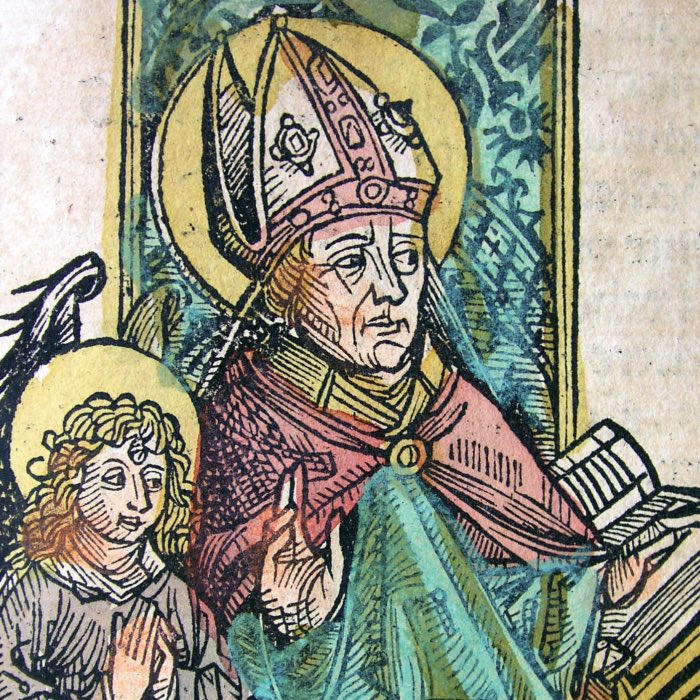
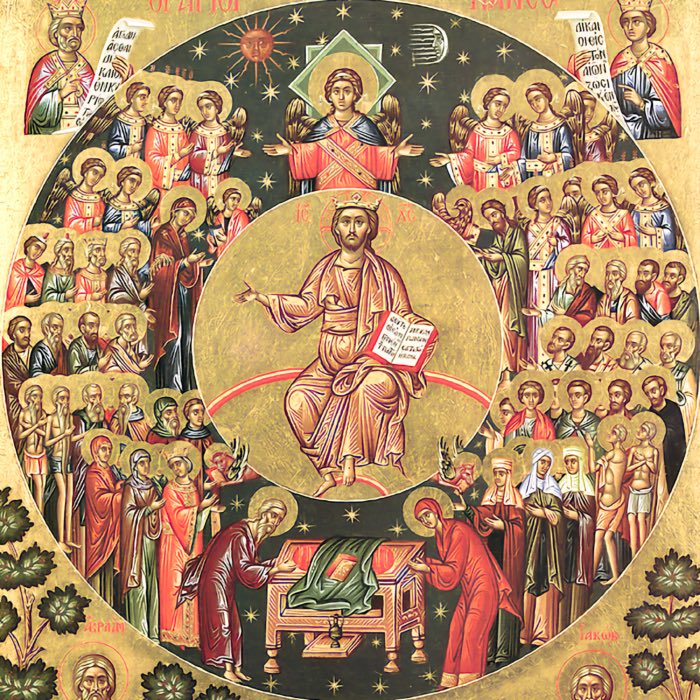
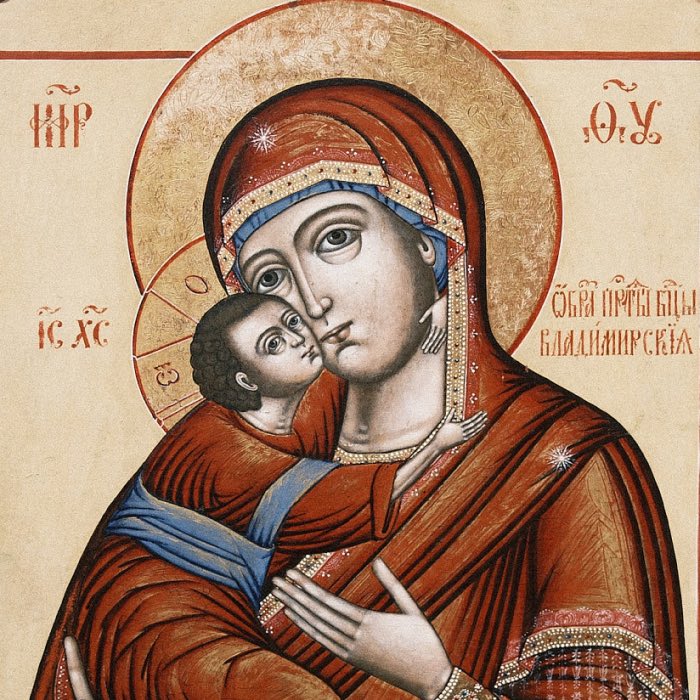
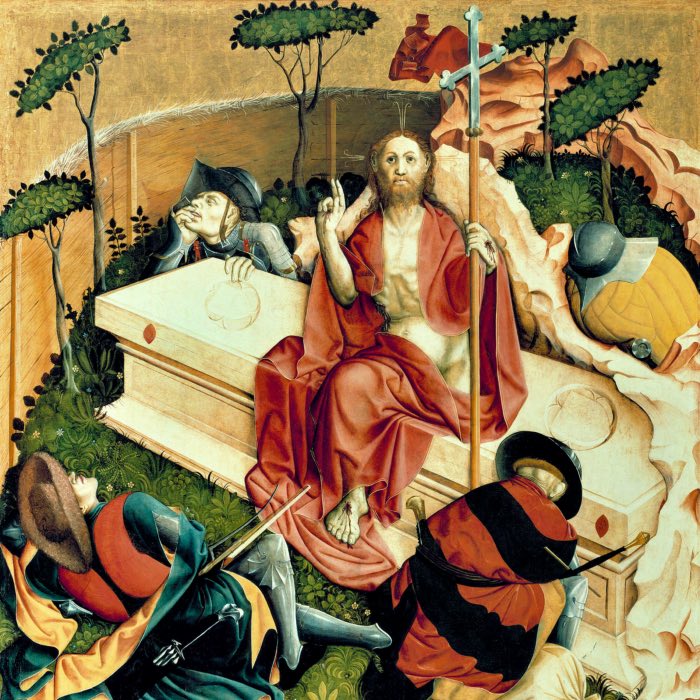
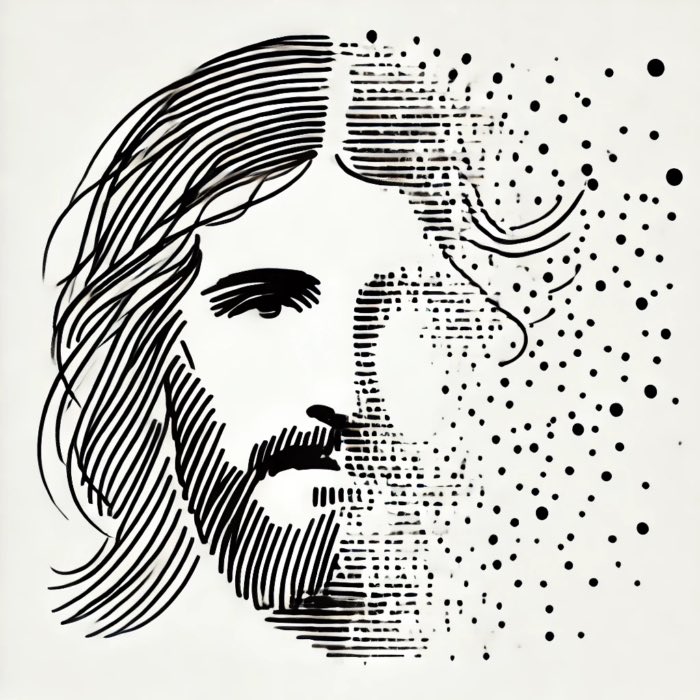
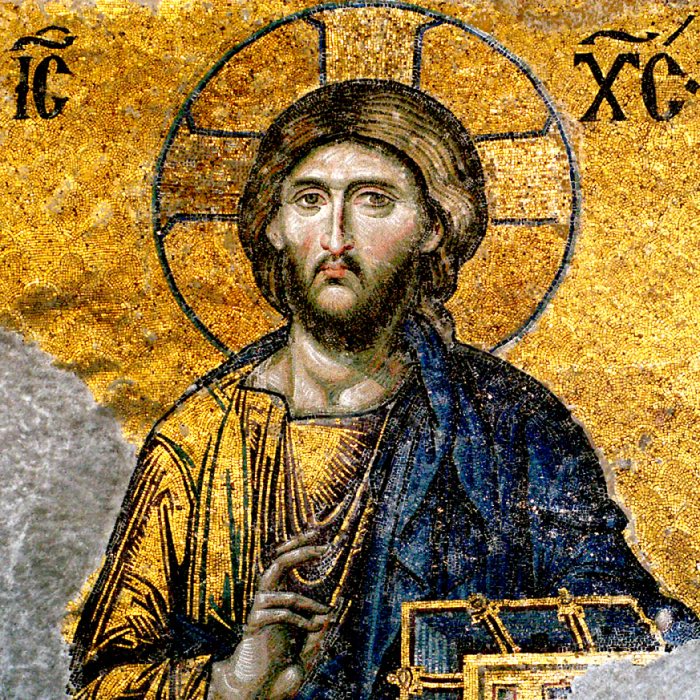
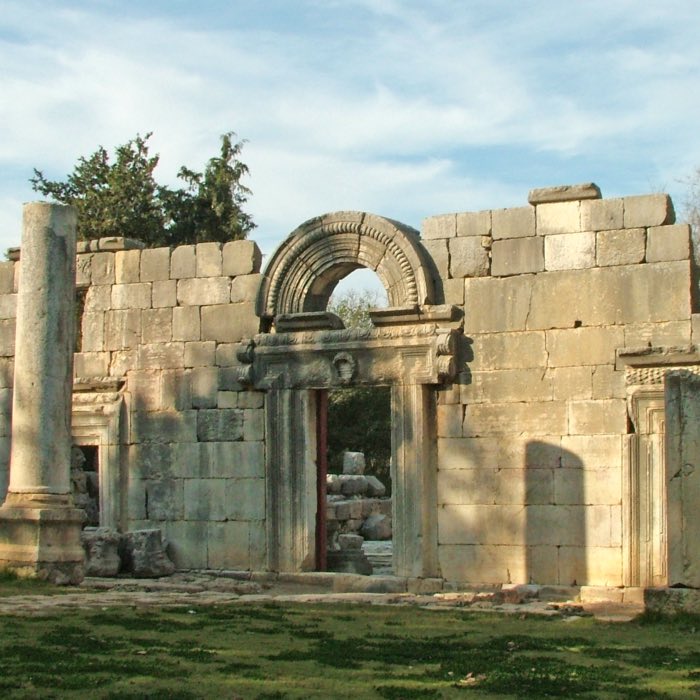
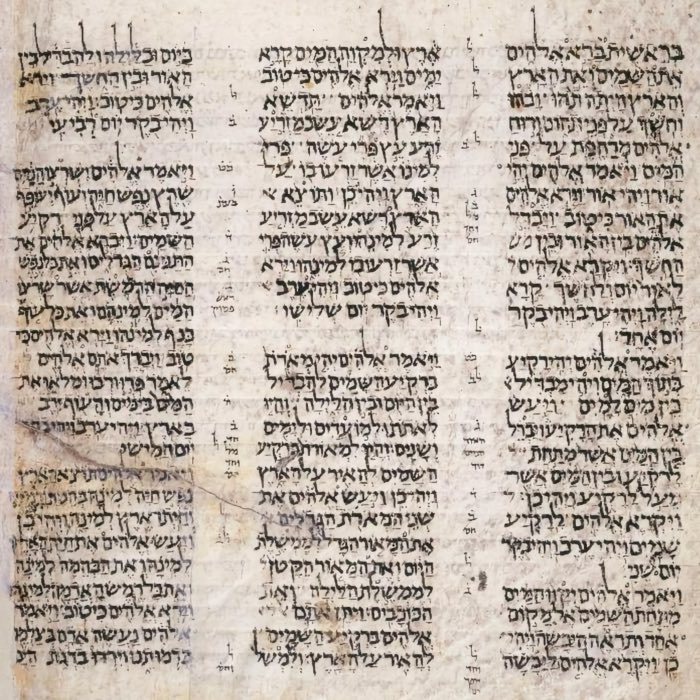

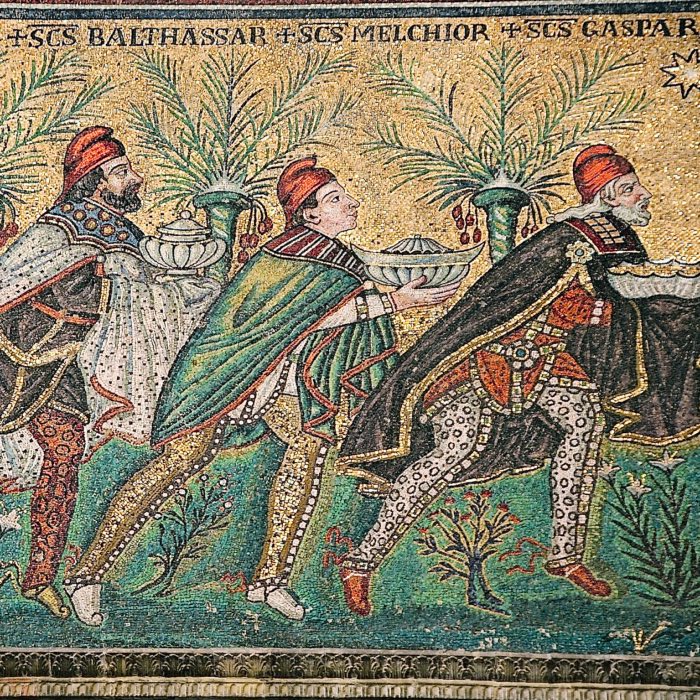
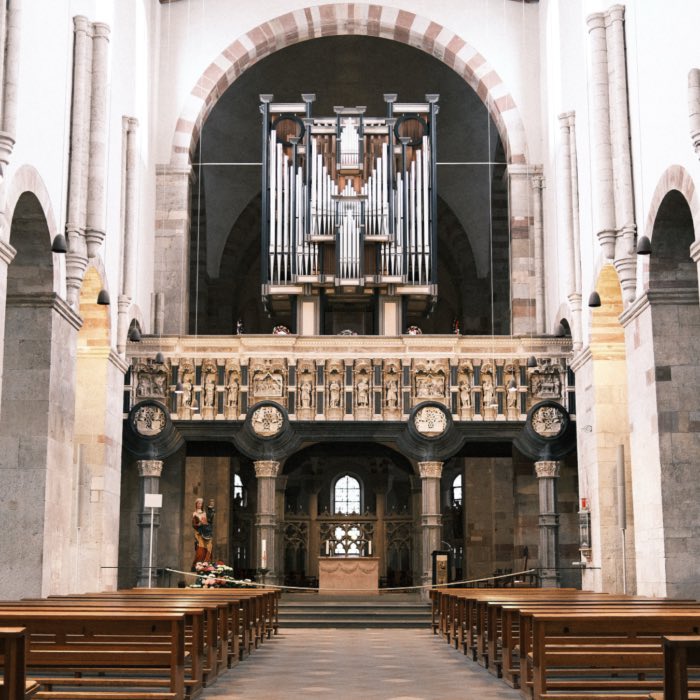
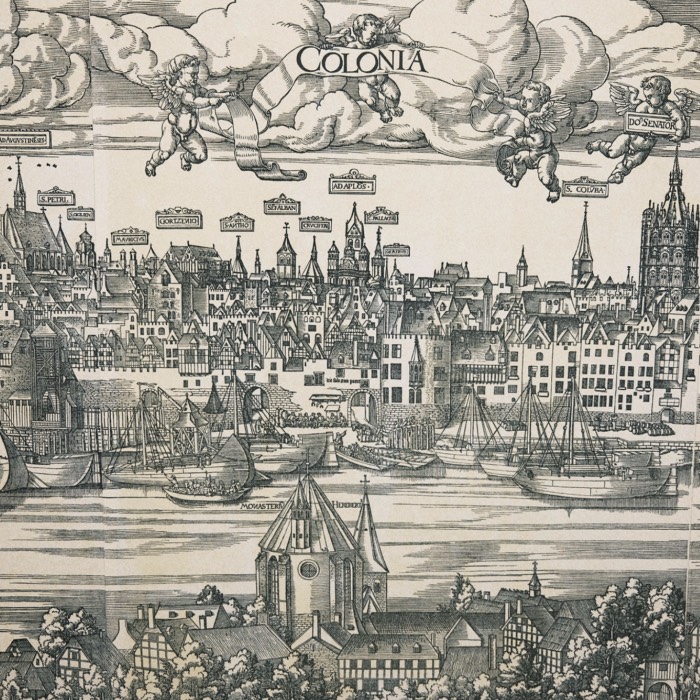
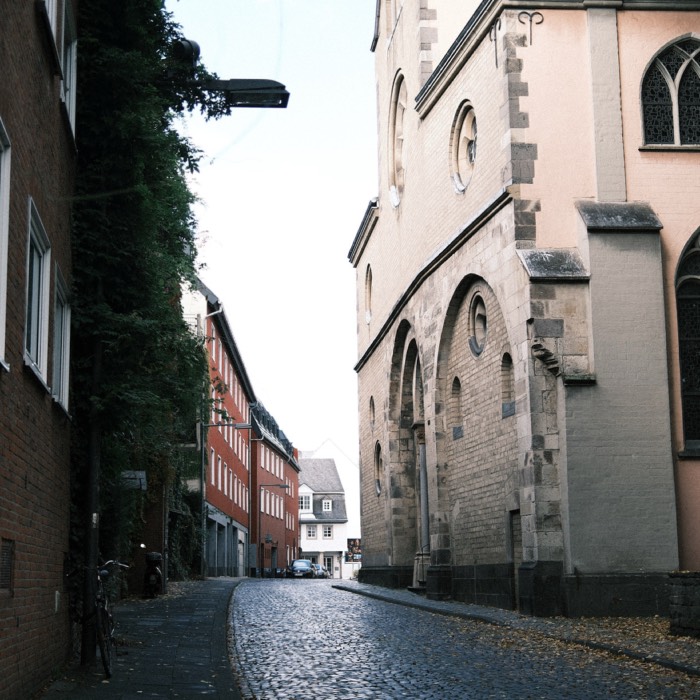
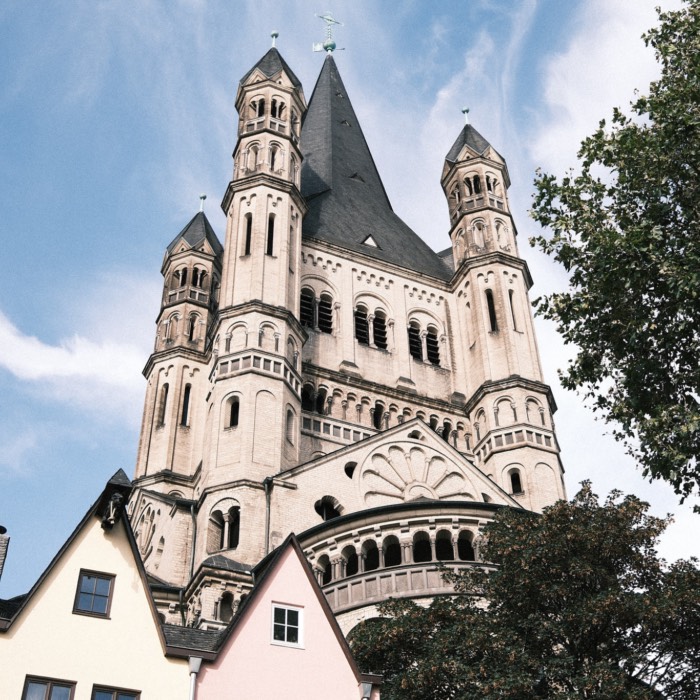

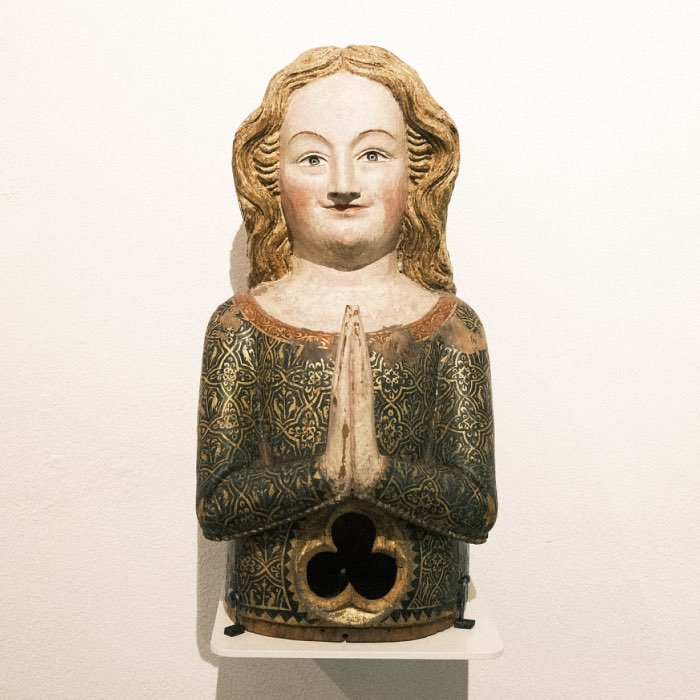


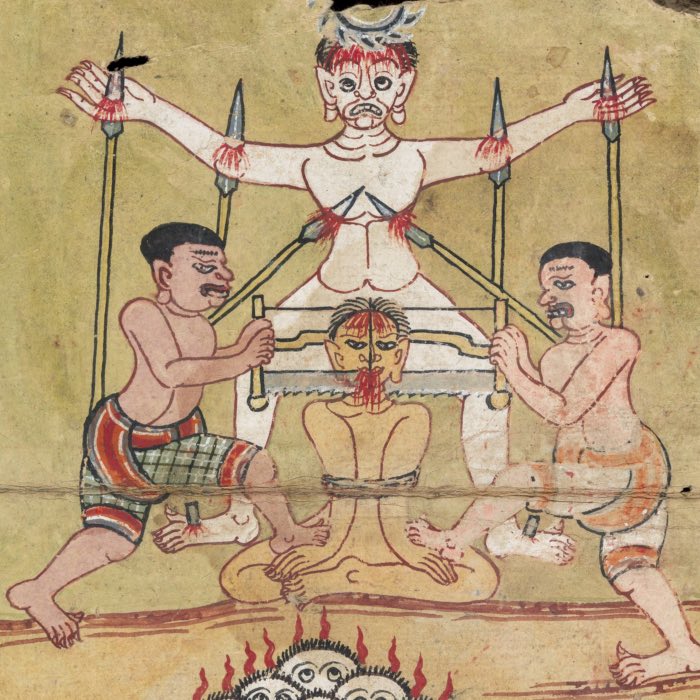

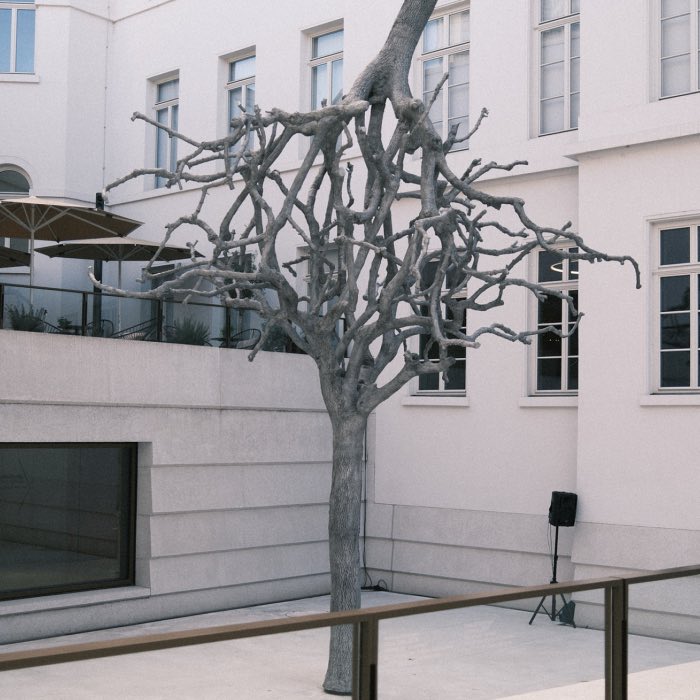

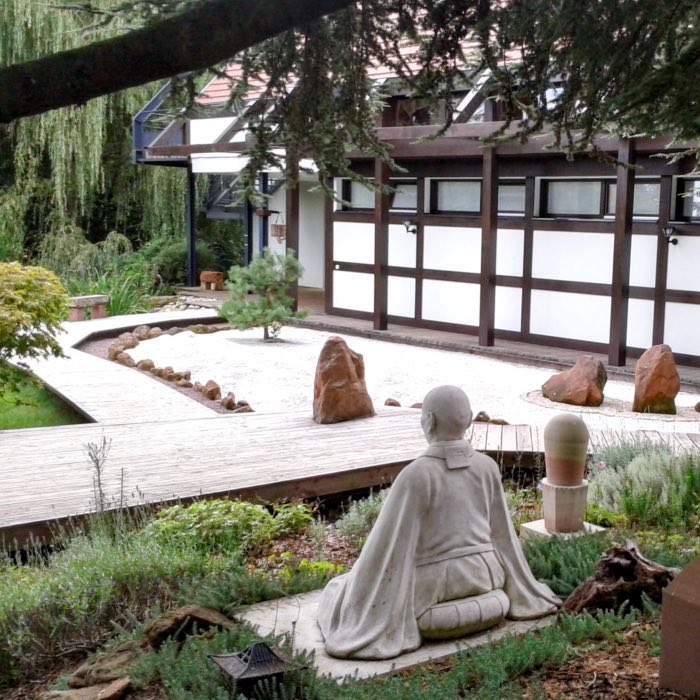
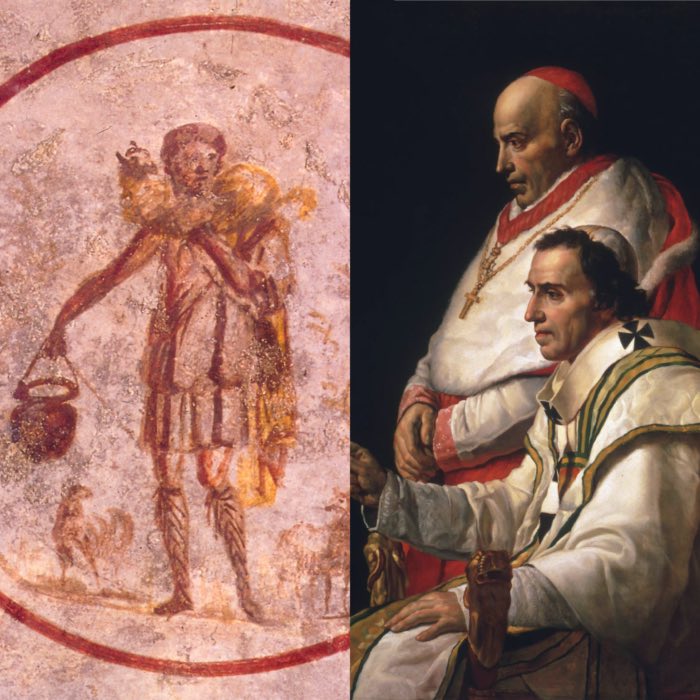
comments